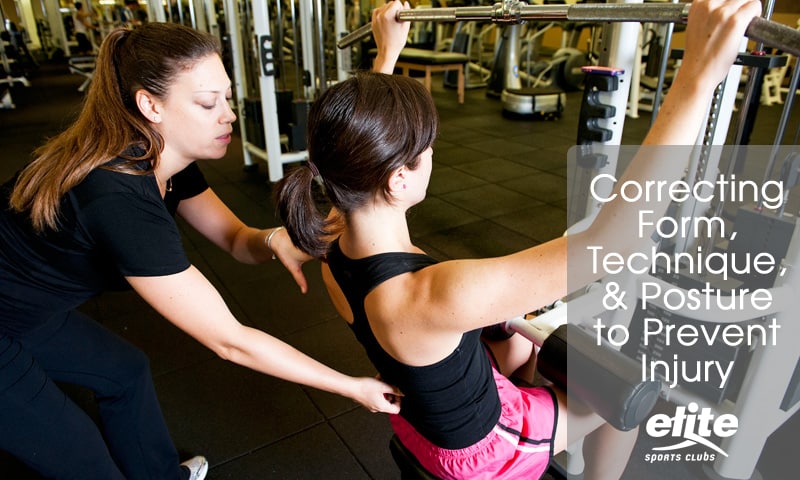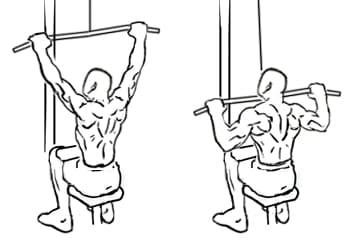
The National Electronic Injury Surveillance System (NEISS) found a 45% increase in exercise related injuries between 2007 and 2010. The NEISS estimated number of exercise-related injuries in the United States in 2017 was 526,350.
The statistics show that injuries happen to people of all ages, with exercise at home and at gyms or clubs. Some of these injuries can be prevented by correcting form, technique, and posture. There are a number of reasons why these components of exercise are more important than many people realize.
Let’s use the example of a lat pull exercise.
- Proper posture for this exercise includes a flat back, shoulders back, and a contracted core.
- The bar should be pulled down smoothly toward the chest to target the latissimus dorsi muscles.
- If an individual does not perform this exercise with good posture and correct form, other muscles may compromise and the latissimus dorsi muscles will not be worked to their full potential.
Why work hard and not see appropriate results?
Not only may you not see desired results, but injury may also occur to muscles of the back or upper body if this exercise is performed incorrectly or with too much weight. It is more important to perform the exercise correctly at a lower weight than to add weight and compromise form and technique.
You may also see greater muscular enhancements by emphasizing the contraction and lengthening of the muscle during your workout. This is known as eccentric training. For example, the lowering of weight during a bicep curl is the eccentric phase. If this phase is performed slow and controlled, the muscle is challenged greater while being elongated.
Now, injury prevention geared toward athletes should encompass the same concepts, but at a more dynamic and higher intensity.
Injury prevention training allows the body to practice similar movements that may be experienced in sport. Movements in sports are rarely uniform or form-based. However, repetitive training with proper form can increase the body’s likelihood of reacting better to injury prone situations.
This training should include strength exercises, conditioning drills, speed and agility work, and plyometric drills.
Set up a Free Fitness ConsultationBy Lauren Kaderabek, Elite Sports Club-West Brookfield Personal Trainer
